
All categories
Featured selections
Trade Assurance
Buyer Central
Help Center
Get the app
Become a supplier

(878 products available)








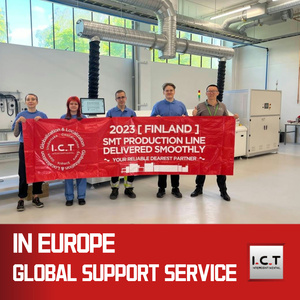

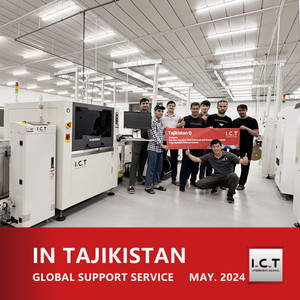





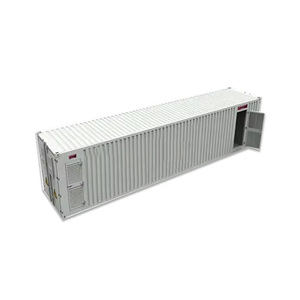
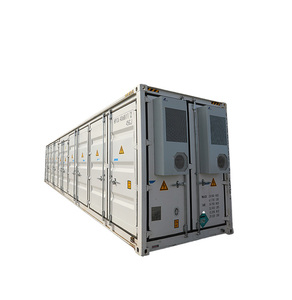












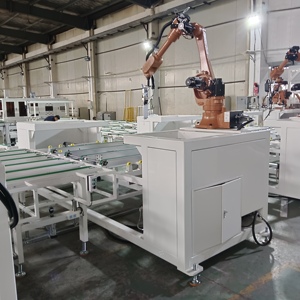



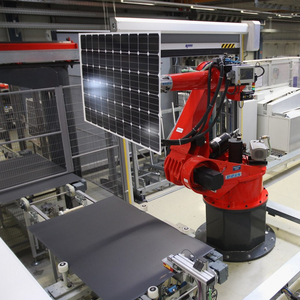

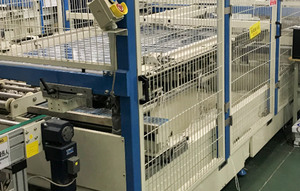









When it comes to building solar assembly production lines, a series of aspects get to be considered from the point of view of business interests. First, it's fundamental to consider the solar cells to be used, as the constituent material of PV systems. These cells can be of several varieties, and each has its advantages and disadvantages in terms of efficiency, cost, and complexity. These can also be monocrystalline, polycrystalline, thin-film, and heterojunction cells, to name a few. Besides, one needs to understand the solar modules that must be manufactured and how these modules vary in size and type, depending on how they are applied, be it residential, commercial, or utility scale. Moreover, one has to think of the production process, too, since this will determine how much of these modules can be produced.
That said, it's worth noting that the production line's automation level significantly impacts efficiency and output. The more automated the line, the less labor is needed, and the more modules it can produce in a set period. Automation mainly comes into play in stages like cell interconnection, laminating, and testing. The complexity of the production line also needs to be considered, as complicated lines may incur a lot of costs and require high skills to operate, while simpler lines may be easier and cheaper but may produce less.
Finally, one must understand how the solar assembly production line production line can be made sustainable, especially when sustainability is a top value during these years.
Considering all the above aspects will lead one to make informed decisions when investing in a solar assembly production line.
A solar assembly production line has numerous commercial use cases, primarily in manufacturing the rapidly increasing solar photovoltaic (PV) modules used in residential, commercial, and utility-scale projects. The first use case is in the electricity arena, where solar modules are employed to generate clean, renewable power, reducing dependency on traditional fossil fuel-based energy sources. Secondly, they are vital in construction, where solar panel systems on new developments allow for sustainable energy solutions. Then there are agricultural applications, where PV systems power irrigation, greenhouse operations, and even crop drying, which is known as agrivoltaics. The manufacturing sector employs solar systems to reduce energy costs and improve sustainability in their operations.
Transportation systems also use solar power to replace conventional fuels with alternatives that have lower emissions. Governments deploy solar installations on public buildings, schools, and infrastructure to promote green energy and reduce public expenditure on power. In remote and off-grid regions, solar assemblies provide the only feasible means of generating electricity. The mining sector employs solar power to offset electricity consumption, and telecommunication relies on solar solutions to power remote cell towers.
Finally, solar panels find their way into electric vehicle charging stations, expanding the clean energy used in transportation.
The design of a solar assembly production line is a critical consideration, as the production line will need to efficiently manufacture a variety of different solar module designs. The most common types are monocrystalline and polycrystalline modules, each requiring different assembly processes. Monocrystalline modules, for instance, require more complex manufacturing processes due to their cell design. In contrast, polycrystalline modules are relatively simpler to produce, as they use polycrystalline cells. There has also been recent innovation in thin-film solar panels, which require entirely different assembly processes.
For good measure, the materials in solar assembly production lines include cells made of silicon, thin-film materials such as cadmium telluride, copper indium gallium selenide, or amorphous silicon, and other parts that constitute solar modules and are key in energy production. Glass, which is also a vital module component, protects the cells from environmental elements while also enhancing light absorption. Frames are usually made from aluminum, which provides structural support and increases longevity while minimizing corrosion risk. Additionally, there are back sheets, usually made from durable and weather-resistant polymers.
The production line has to use various materials, such as adhesives and laminates, to ensure the solar modules are durable and efficient. The assembly line is supported by cutting-edge technologies like automated machinery for precision and speed and software systems for quality control and monitoring, which are also integrated into the production line and play some role in the production process.
Selecting the right solar assembly line for the business in question comes down to some considerations. Knowing the scale of production that will be required is fundamental, as larger-scale operations will require more complex and automated lines while smaller-scale businesses could manage with simpler, more manual lines. The kind of solar panel that will be produced should also affect the choice of assembly line, as monocrystalline and polycrystalline panels require different machinery and processes. Moreover, the extent of automation needed should be considered, as fully automated lines typically have high production rates but also require substantial investments. One should watch for space requirements since compact production lines could be more suitable for businesses with limited facilities. One should look into quality control systems, considering these are very critical for ensuring that the final products meet industry standards.
As it is a turnkey production line, the manufacturer is supposed to handle all the details of building the line. This could enable one to concentrate on running the business rather than managing the assembly line. These lines are especially useful when quickly bringing new manufacturing facilities online. Finally, assessing the manufacturer's industry standing and customer service availability can have a large say in the quality of support that will be provided in case of challenges down the line.
A1: The kind of solar modules being manufactured mostly determines the production line. Because different solar panels need different things, one has to consider the assembly line's level of automation, complexity, and space requirements.
A2: Since they are turnkey solutions, the constructor will manage all the details of the installation. These lines are especially helpful when quickly bringing new manufacturing facilities online. It generally takes a couple of weeks to build a solar assembly production line, but that depends on production capacity and complexity.
A3: Turnkey solar assembly lines are costly. They involve high-energy costs and the expenses of raw materials, equipment, repairs, labor, insurance, and maintenance. However, thin-film materials require lesser production costs than conventional silicon cells. At the same time, heterojunction and bi-facial cells require expensive equipment and advanced technology.
A4: Yes. New solar assembly production lines can be easily made sustainable through the use of renewable energy sources, energy-efficient equipment, and waste reduction, recycling, and reuse practices.
A5: Solar assembly production lines were previously used by the electricity industry, where solar panels were used to generate clean, renewable power, reducing dependency on traditional fossil fuel-based energy sources. They were also utilized by construction industries, transportation, factories, and mines.